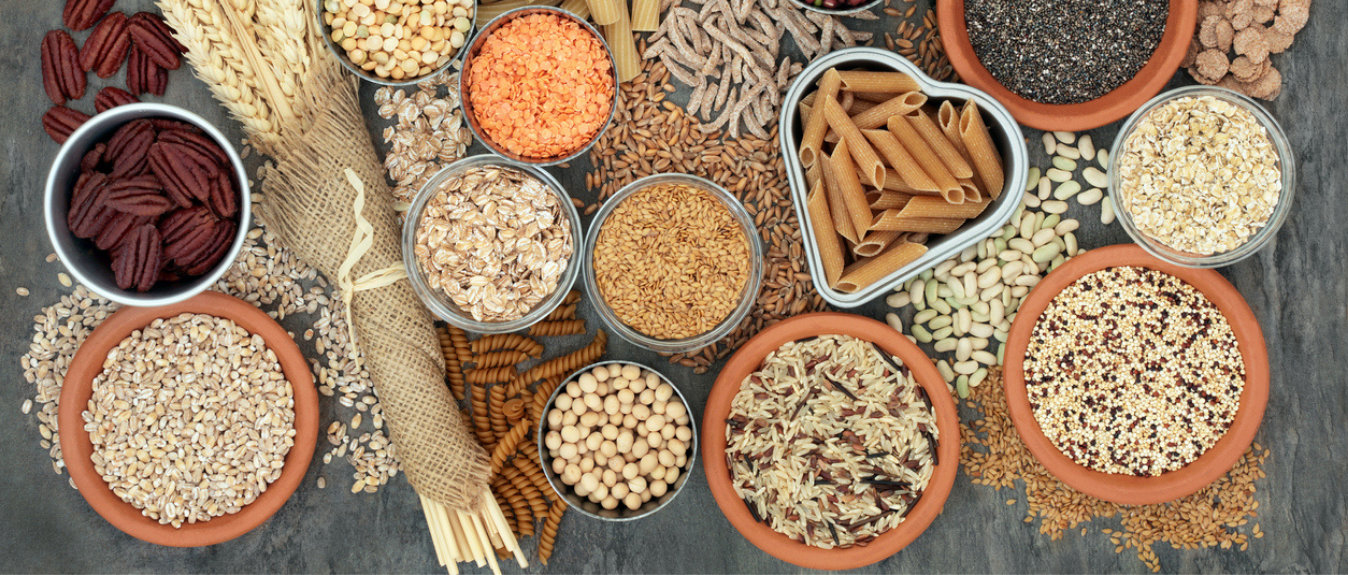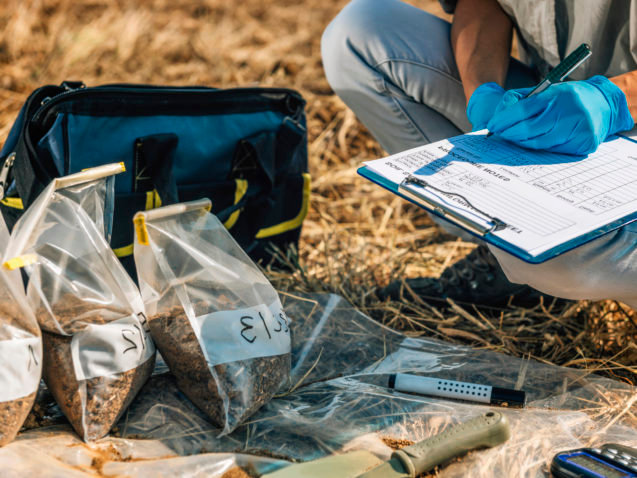If there is one thing to hope for during the Covid-19 crisis, it is that many of us have become more mindful of the way we produce and consume, including the way we grow, prepare and eat food. As the other big crisis – climate change – threatens our planetary and human health, it is high time to consider how we can collectively contribute to more sustainable production and consumption of the food we like to enjoy. Innovative food processing is part of that solution.
Europe’s food and drink is rich in diversity, widely accessible and affordable, and among the safest in the world; yet, looking at the future, are our European diets sustainable and healthy enough? Figures suggest there is still quite some room for improvement.
The comprehensive Global Burden of Disease study estimates that, in the EU in 2017, over 950,000 deaths and over 16 million DALYs (Disability Adjusted Life Years – a measure of the years of healthy life lost) were attributable to dietary risks due to unhealthy diets that are low in whole grains, fruits, nuts and seeds, and high in sodium. Furthermore, in the EU, an amount of 88 million tonnes of food waste is generated annually, whereas some 43 million people in the EU cannot afford a quality meal every second day. Covid-19 has highlighted – and aggravated – the socio-economic inequalities and poverty in our society, two of the main root causes of poor health.
It is clear that many gains towards more sustainable diets can be made by making food production more sustainable. This process is already in motion in the European food supply chain, especially by the European food processing industry which acts as a central player between ‘farm’ and ‘fork’.
Action at food production level can be a lever that contributes towards better health outcomes contributing to more and healthier life years, improved planetary health and improved livelihoods and wellbeing. Measures include supporting food and nutrition security, investing in greener sourcing, technologies and processes, stimulating healthier and more sustainable diets and eating behaviours, and creating jobs, income and growth.
Concretely, this implies that the industry* shares an important responsibility with others in and outside the food chain to make further steps in providing the consumer** with a wide variety and choice of affordable, sustainably-produced and nutritious food options available in a food environment which encourages consumption of food in a responsible, mindful and balanced way. I invite you to have a look at FoodDrinkEurope‘s website to see the plethora of initiatives by the European food and drink manufacturing sector in this space.
“Action at food production level can be a lever that contributes towards better health outcomes contributing to more and healthier life years, improved planetary health and improved livelihoods and wellbeing.”
That said, food production cannot be the only driver of change – we individuals and society at large have a co-responsibility to take care of our personal health, that of our families and of our environment too.
Evolving demand drives innovation
People are increasingly interested in their health and are paying more attention to the environment, a trend which is increasingly reflected in their food choices. At the same time, they continue to demand food that is tasty, affordable and convenient. Companies are working hard to meet consumers’ varying and evolving demands and preferences, and recipes and products are adapted continuously.
While some iconic and traditional food brand recipes will never ever be changed (often rightly so!), approximately half of the food products that you find in an average supermarket today will have been replaced by new ones within five years’ time. By way of example, in 2016 alone, over 180,000 food consumer good brands were reformulated for nutrition and health purposes.
“Approximately half of the food products that you find in an average supermarket today will have been replaced by new ones within five years’ time.”
You may not have noticed, but our supermarket shelves have changed significantly in recent years:
- Many every day products have been adapted (reformulated or renovated) to contain less calories, salt, added sugars and saturated fats.
- More fresh vegetables and legumes have been added to soups, broths and sauces.
- Wholegrain options, such as in bread and pasta, have expanded at a high pace.
- Companies operating in categories such as soft drinks and snacks have seen an enormous overhaul in their product portfolio – moving more strongly towards the ‘better for you’ options.
- Allergic consumers have a wider range of ‘free from’ products at their disposal today than before.
- Essential vitamins and minerals have been added to food, such as vitamin D in margarine, through a food processing technique called ‘fortification, helping to tackle nutrient deficiencies in the population.
- New innovative nutritious products and novel functional ingredients have been introduced, including those contributing to decreased environmental footprint.
- Plant-based and organic food products have surged.
Frequently, these changes have gone unnoticed by consumers, who have continued buying their favourite products and have gradually adapted to new tastes.
Other times, product reformulations or new product launches have failed, due to a lack of consumer acceptance and a resulting lack of market uptake, making them economically unviable. In a highly competitive market space where margins are tight, companies that do not listen well enough to the consumer will fail – the consumer remains king.
The (re)formulation and innovation process is one of trial-and-error and can be complex and costly. Complex, as it is not simply a matter of taking out an ingredient, but also often having to replace it by something else, ensuring the stability of the product, as well as taste, texture, safety and the product’s shelf-life. Costly, as it requires investment in research and development, laborious consumer testing, and uncertainty about future returns.
Finding the green and nutritious ‘sweet spots’
The years ahead will undoubtedly see more nutrition, health- and environment-driven innovation in the European food and drink manufacturing sector in function of more sustainable food systems, in which food processing has an enormously important role. Besides product innovation, there is considerable process innovation ongoing behind the scenes to reduce the environmental footprint of supply, manufacturing and logistical operations.
In the end, a successful approach to sustainable and healthy diets finds the right touch-points between what consumers want, what society expects and what the food chain can deliver.
“A successful approach to sustainable and healthy diets finds the right touch-points between what consumers want, what society expects and what the food chain can deliver.”
This will be our collective pull-and-push puzzle to solve over the next decades, notably in the discussions on the European Green Deal and, in particular, the EU’s Farm to Fork Strategy. Let’s find those green and nutritious – and dare I not forget: tasty – ‘sweet spots’ together!
* the very diverse bunch of (over 290,000) companies from different sizes, backgrounds, cultures, countries, categories, possibilities and challenges
** the very diverse bunch of people with different needs and desires, perceptions, cultures, socio-economic status









